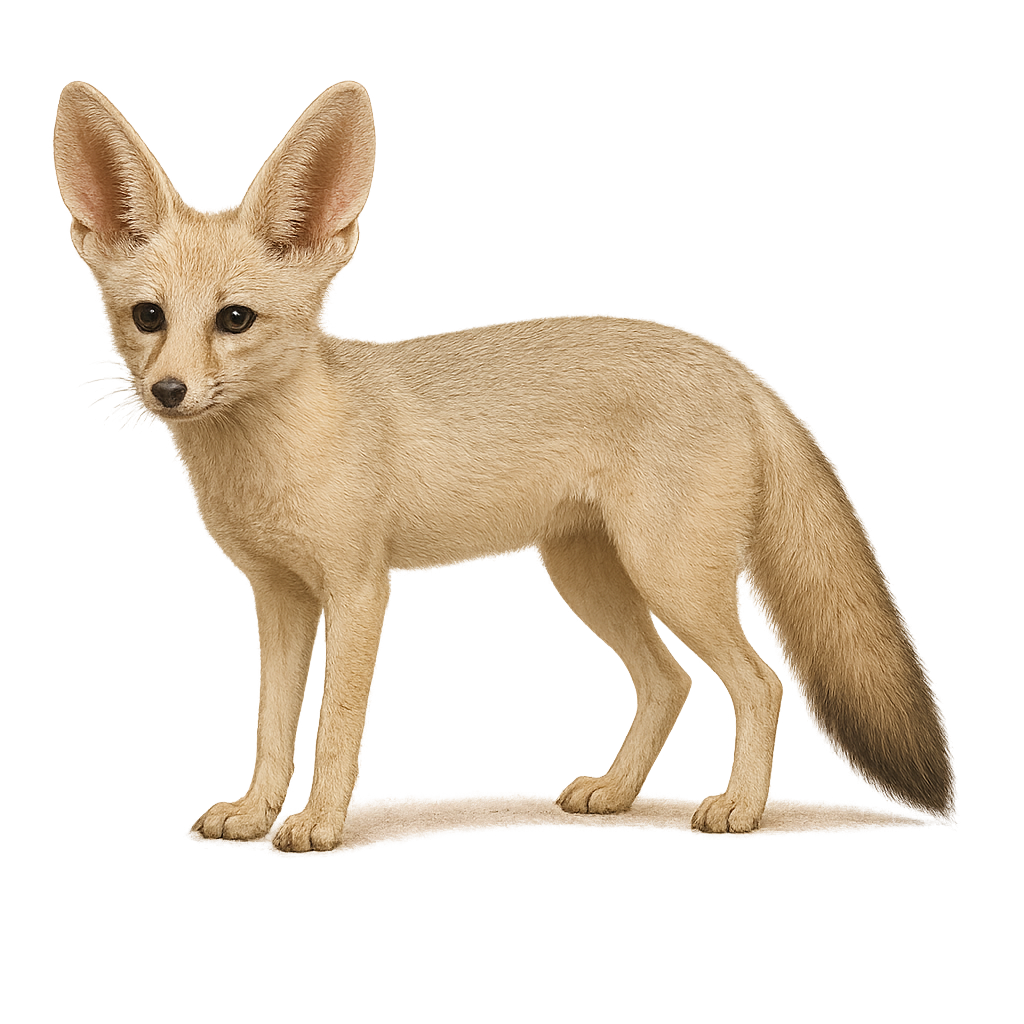Your wildlife photography guide.
Explore the pale fox in detail, study its behavior, prepare your shots.
Where to observe and photograph the pale fox in the wild
Learn where and when to spot the pale fox in the wild, how to identify the species based on distinctive features, and what natural environments it inhabits. The WildlifePhotographer app offers tailored photography tips that reflect the pale fox’s behavior, helping you capture better wildlife images. Explore the full species profile for key information including description, habitat, active periods, and approach techniques.
Pale Fox
Scientific name: Vulpes pallida

IUCN Status: Least Concern
Family: CANIDAE
Group: Mammals
Sensitivity to human approach: Suspicious
Minimum approach distance: 20 m
Rut period: December to January
Gestation: 50-53 jours
Births: February to March
Habitat:
Deserts, savannas, steppes
Activity period :
Mainly active at night, generally discreet during the day.
Identification and description:
The Pale Fox, or Vulpes pallida, is a discreet canid primarily inhabiting the arid and semi-arid regions of West Africa. Its coat is a pale sandy color, allowing it to blend seamlessly into its desert surroundings. It is medium-sized, with a pointed snout and large ears that help dissipate heat and detect distant sounds. This fox is mainly nocturnal, avoiding the high daytime temperatures. It feeds on a variety of foods, from small mammals to insects and fruits. Although relatively unknown, the Pale Fox plays a crucial role in the ecosystem by controlling rodent and insect populations.
Recommended lens:
400mm – adjust based on distance, desired framing (portrait or habitat), and approach conditions.
Photography tips:
To photograph the Pale Fox, it is advisable to use a telephoto lens of at least 400mm to capture detailed images without disturbing the animal. Being primarily nocturnal, plan your photo sessions at dusk or dawn to benefit from the best natural light. Be patient and discreet, as this fox is suspicious and can easily be frightened by sudden movements. Use a tripod to stabilize your camera and get sharp images, even in low light.
The WildlifePhotographer App is coming soon!
Be the first to explore the best nature spots, track rutting seasons, log your observations, and observe more wildlife.
Already 1 430 wildlife lovers subscribed worldwide

